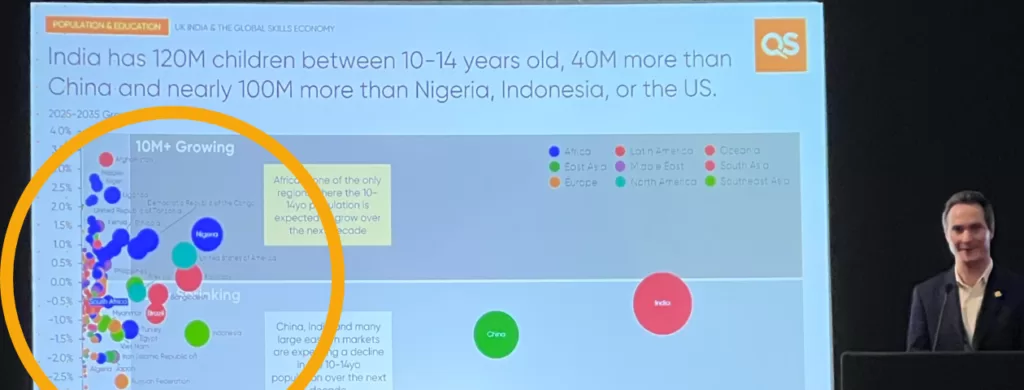
How can higher education institutions make use of advancing technology to optimise the learning experiences of students?
Advancements in technology offer a whole host of opportunities for the higher education sector, with the outlook of higher education institutions and organisations dependent on their willingness to incorporate these advancements into their processes.
As a result of the coronavirus pandemic, universities across the world accelerated their shift to online learning.
Now, all eyes are on the higher education sector to see how it will utilise online learning as part of the learning experience going forward and outside of the immediate threat of the coronavirus pandemic.
Blended learning is one option – a combination of both online and traditional in-person teaching practices.
This way of learning offers institutions the chance to regularly record and analyse student performance – data that can then be used to shape personalised learning pathways and improve student outcomes.
As explained in the Australasian Journal of Educational Technology, “adequate analysis and implementation of these interactional modes should aim at providing students with the opportunity to customise their learning experiences according to their needs, styles, skills, demographics, previous learning history with online formats and beliefs”.
Data-mining analytics, the act of finding and observing patterns in data, is set to “provide educational policy makers with data-based models essential for supporting their goals to enhance the efficiency and quality of teaching and learning”.
While it’s important to remember that artificial intelligence is “not (yet) ready to replace teachers”, and may never do so, to Popenici and Kerr, it is certainly “presenting the real possibility to augment them”.
They explain: “Complex computing systems using machine learning algorithms can serve people with all types of abilities and engage to a certain degree in human-like processes and complex processing tasks that can be employed in teaching and learning.”
Advancing technology is already having a significant effect on students with disabilities – providing them with the opportunity to learn in a more effective way that meets their individual needs.
Using data and advanced analytics also presents the opportunity to more effectively improve the learning outcomes of vulnerable and disadvantaged students.
For example, data that maps the journey to higher education for underrepresented minority students has been used to gain greater understanding of how to effectively remove the barriers to higher education for these students.
Data collection and analysis was used to determine how access and engagement with various education levels, including preschool, kindergarten, elementary school, middle school and high school, all had an effect on enrolment and the completion of degrees within different demographics.
This is just one of the many ways data mining can be used to improve the learning outcomes of higher education students, both before and during their time at university.
Despite the realisation that data mining analytics and artificial intelligence can improve student learning process and outcomes, many institutions still fail to leverage this technology to address challenging issues, including the underrepresentation of minorities in higher education.
For more insight into the role data can play in improving learning outcomes in higher education, please register for the EduData Summit 2021 (virtual), Access Education: Building an Inclusive and Sustainable EduData Pipeline, taking place from the 8-11 June 2021.



